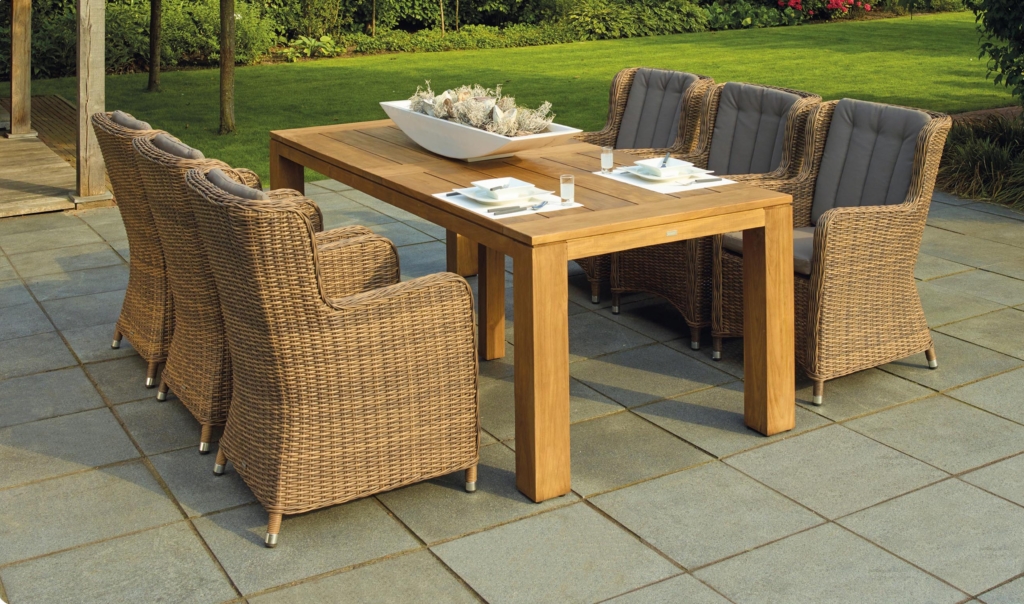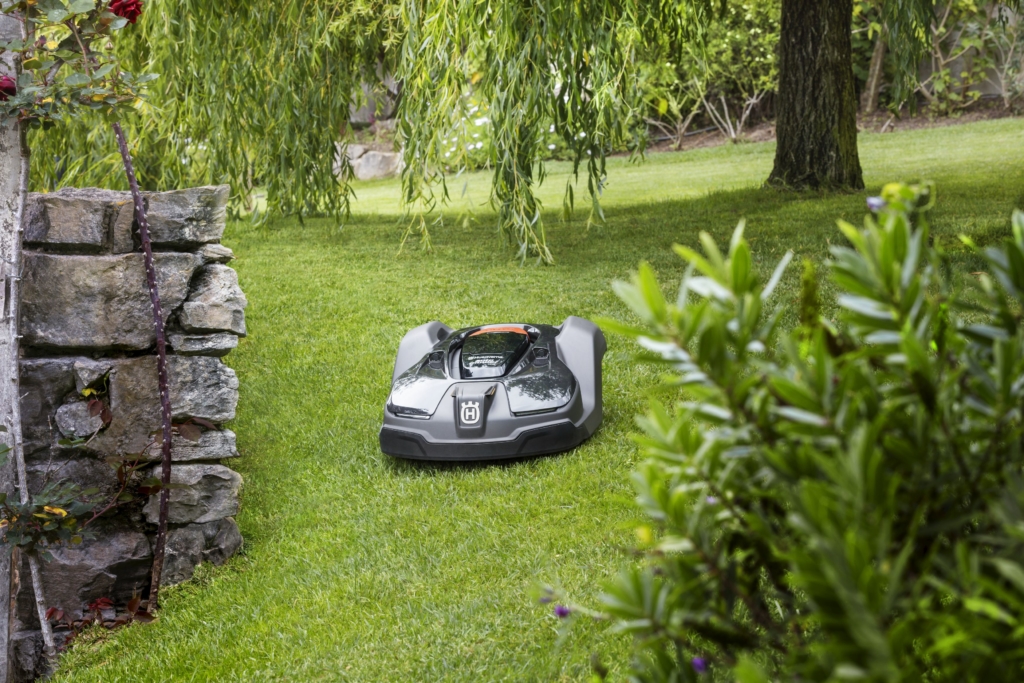
Landscaped environments transformed people’s lives last year as we were advised to stay at home. This made stepping outdoors an experience that triggered a flood of emotions, most of them positive.
These feelings and the time we had to sort through them changed us. Our connection with nature grew stronger. So did the desire to engage in activities associated with it.
The greatest outcome for the majority of people is a better understanding of how they want to live, both inside and out.
Let’s look at how that is influencing the top landscaping trends for 2021.
#1. Outdoor Kitchens and Dining
Regardless of your budget, the one activity that most people enjoy is outdoor cooking and dining. 70% of Americans have some type of outdoor cooking setup, whether it’s a basic charcoal grill or a full-on outdoor kitchen.
The top trend in this category is a greater specialization that gives people exactly what they want. While outdoor grills will never go out of style, combining or accompanying them with smokers and pizza ovens elevates this aspect of outdoor living.
Getting the layout of your outdoor kitchen and dining area right is a top priority, especially for safety. The cooking area should have sufficient counter space for the preparation and staging of different foods.
The kitchen area should have separation from the dining area. This is accomplished with space, but a physical divider such as a low wall of countertop is even better.
Consulting with professional designers and installers is recommended. According to the National Fire Protection Association, grills pose a serious safety hazard if they’re not installed and maintained correctly.
#2. Open Concept Living Throughout
The skillful integration of interior and exterior spaces is the ultimate open concept expression. Landscape designers respect and employ of less is more to achieve this.
The power of these designs lies within the design elements, the skillful use of lines, colors, patterns, and how they are sequenced and repeated.
In recent years we’ve witnessed a resurgence of open concept styles such as midcentury modern homes. The clean lines with views to the outdoors and natural light make the spaces more expansive, bringing the outdoors in and vice versa.
#2. Connected Outdoor Spaces
One way to create that emphasis is by repeating design patterns and continuing materials between indoor and outdoor spaces. This is more easily accomplished in warmer climates where indoor spaces can be predominantly open.
More durable modern materials make this possible here in Oklahoma and other seasonal climates. Stone and manufactured paving materials are one example, and so are identical or similar indoor and outdoor plantings.
At least during the summer months, it’s possible to have tropical plants thriving within and just outside the home.
#3. Seamless and Safe Transitions
If you are going to embrace an open concept style, you have to respect the transitions between spaces.
It’s important to have clear transitions for flow and safety. Awkward transitions from one space to another can be confusing and cause preventable accidents. This is why villages and other municipalities have codes that provide guidance for the use of steps and railings.
Seamless transitions between indoor and outdoor spaces employ design elements that signal the transition in advance. Lighting, changes in flooring materials, or anything else that provides a visual or tactile cue or pause is an intentional design that signals transitions.
It’s pleasing to the senses when the flow throughout spaces makes sense, informing people when to slow down or how to advance to what may be a surprisingly spectacular view.
#4. Limitless Lighting Options
Lighting professionals have to work harder these days to keep up with technology that makes the extraordinary possible. They are discovering how flexible outdoor lighting can be designed to illuminate spaces differently to achieve specific outcomes.
For example, the use of dimmers and color filters can minimize a space’s use or create more intimacy. It’s all possible with the flip of a switch or a click or two from a mobile device.
What is true for lighting also works for audio. Greater or lesser intensity should be varied to accommodate the audience and their activities. If there are spaces within a larger space, more options will better accommodate complementary activities, such as safe play for children and quiet relaxation for supervising adults.
#5. Modern Pools, Spas, and Water Features

Water may be the perfect element for connecting indoor and outdoor spaces because it belongs to both. The mention of water features often brings to mind its splashier versions, such as swimming pools, spas, and waterfalls. But there’s more to it than that.
For centuries Zen-inspired gardens have employed gently flowing water features and reflecting pools to promote peace and serenity within a space. The pumps and mechanicals that circulate the water are easily contained below ground, much like irrigation system components.
When carefully planned and designed, spas and swimming pools can serve as visual elements that become functional with the flip of a switch. In addition to the benefits to homeowners, the investment often provides a greater return when it is time to sell the home.
#6. Organic Herb and Vegetable Gardens
An edible garden can be a lot of work and that’s part of the fun for those that enjoy them the most. Even if your outdoor space is limited you can still enjoy the joys of fresh herbs such as basil, dill, cilantro, and chives.
The labor and care are minimal and so is the financial investment. Yet, the payback is plentiful as you enjoy their fresh, earthy fragrance and flavors with seafood, salads, and other vegetable dishes. Smoothies too!
#7. Robotic Mowing

Robotic mowers are an indication of how technology is changing how we live. They minimize or eliminate common lawn care problems, including air and noise pollution, scheduling challenges, and equipment hassles.
Robotic mowers are battery-powered computers that can be automated to work on any schedule. This gives them a number of benefits over traditional mowers.
In addition to the obvious labor-saving features, robotic mowers are safer, quieter, and therefore, a greener solution to residential lawn care.
During early spring when moisture is abundant they can be set to mow daily or nightly. Their whisper-quiet motors make them barely audible.
Why else is robotic mowing a top 2021 trend? In a word: Safety.
Anyone who has used a traditional lawnmower knows they demand your respect. These heavy machines have powerful engines that contain flammable fuel and oils and get extremely hot during operation.
Robotic lawnmowers are built with a vastly different technology that reduces the risk of injury. They have collision, tilt, and lift sensors that signal the mower to stop the blades in a fraction of a second should their normal balance be upset.
In addition to that, their actions are easily managed from an app on your mobile device.
We Can Help You Plan For These Trends
If you need ideas or have a vision and want help fulfilling that vision, the Proactive Landscaping team can help turn your property into a private oasis for your entire family to enjoy.
When you consider what you want to see, hear, and feel within a space you are more likely to realize that possibility and more. We’d love you to contact us to further discuss how.

